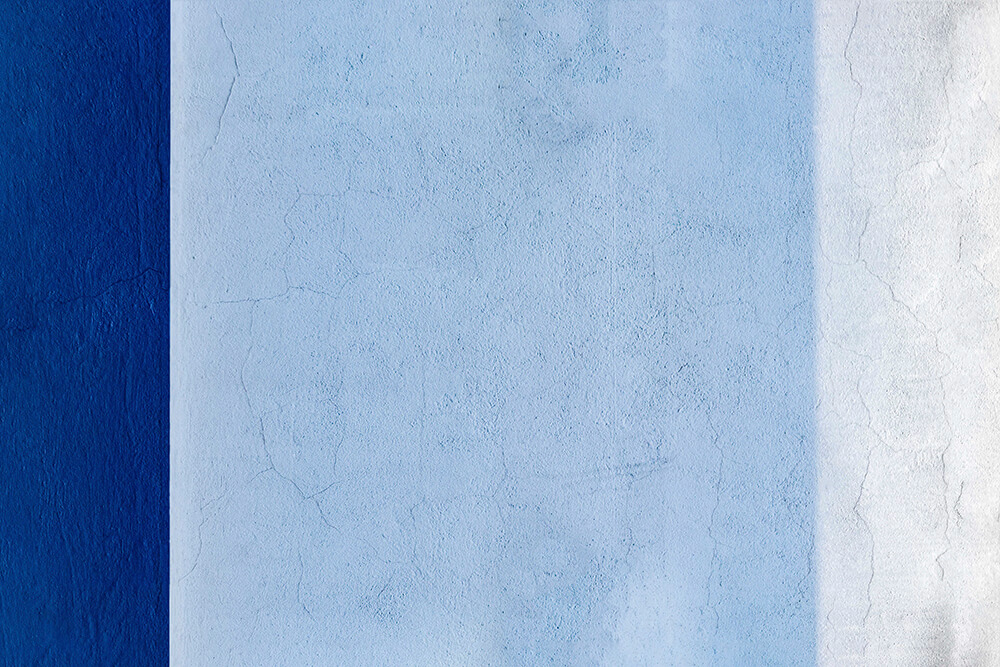Stucco is a popular exterior finish for homes in the dry hot climates. It is low maintenance and can have great curb appeal for years when taken care of properly. Stucco homes offer many benefits to homeowners; however, painting them requires extra care and attention.
Important Details When Painting Stucco
Stucco finishes have been around for centuries. It allows homeowners to design a unique home. However, it also comes with some challenges in that it can be damaged easily. Maintenance and repainting stucco surfaces should be done by an experienced professional who knows how to handle stucco exteriors.
1. Prolonged Moisture
Stucco homes are prone to water retention, which can lead to costly water damage. Prolonged moisture can cause mold to stain the stucco surface. New paint will not be able to bond to the surface resulting in flaking or peeling. Over time, stucco will fade and become discolored from atmospheric soil and mildew.
2. Severe Cracking
To keep stucco in good shape, careful attention is required. Severe weather, dramatic changes in temperature, and shifts in the soil can cause the surface to crack, fracture, or chip. To avoid cracks from worsening, they should be filled in with masonry-compatible caulking as quickly as possible.
3. The Presence of Efflorescence
Masonry surfaces like stucco often have salt deposits that show up as a white stain. This condition is known as efflorescence. When water interacts with stucco, the salt deposits are drawn to the surface as the evaporation process occurs. These white stains are not easily removed and will require a knowledgeable painting professional to handle the job.
4. Surface Prep
As with any surface, proper preparation before the paint application helps the finish last longer. For starters, if your stucco is new, allow 60 days for it to settle and dry before applying paint. To remove dirt or chipping paint, the surface will need to be pressure washed.
The most challenging aspect of preparing a stucco house for painting is the crack repair. It is best to leave repairs to a professional to increase the chances of proper blending in with the texture of the surrounding stucco.
5. The Right Paint and Application
The recommended paint for stucco is called elastomeric paint that goes on much thicker than ordinary acrylic or latex paint. The thicker paint is needed to penetrates the stucco texture more effectively and has greater flexibility to fill in small cracks. Elastomeric paints repel water which helps to prevent moisture intrusion, keeping mold and mildew at bay.
Stucco can be painted using a roller or with an airless sprayer. Brushes are not recommended. A roller works well for small jobs while a sprayer is used for larger projects. Stucco will require at least two coats due to its high level of absorption and to conceal cracks.
Choose Experienced Stucco Painters
Painting stucco on your home can offer a wide range of benefits, but only if the project is completed correctly. ZD Stucco Repair will ensure that your stucco surfaces are painted properly.
Our experienced stucco painters know exactly what type of paint to use and will consistently deliver high-quality results. If you’re ready to refresh your home with a fresh coat of paint, request a free exterior painting quote today!




